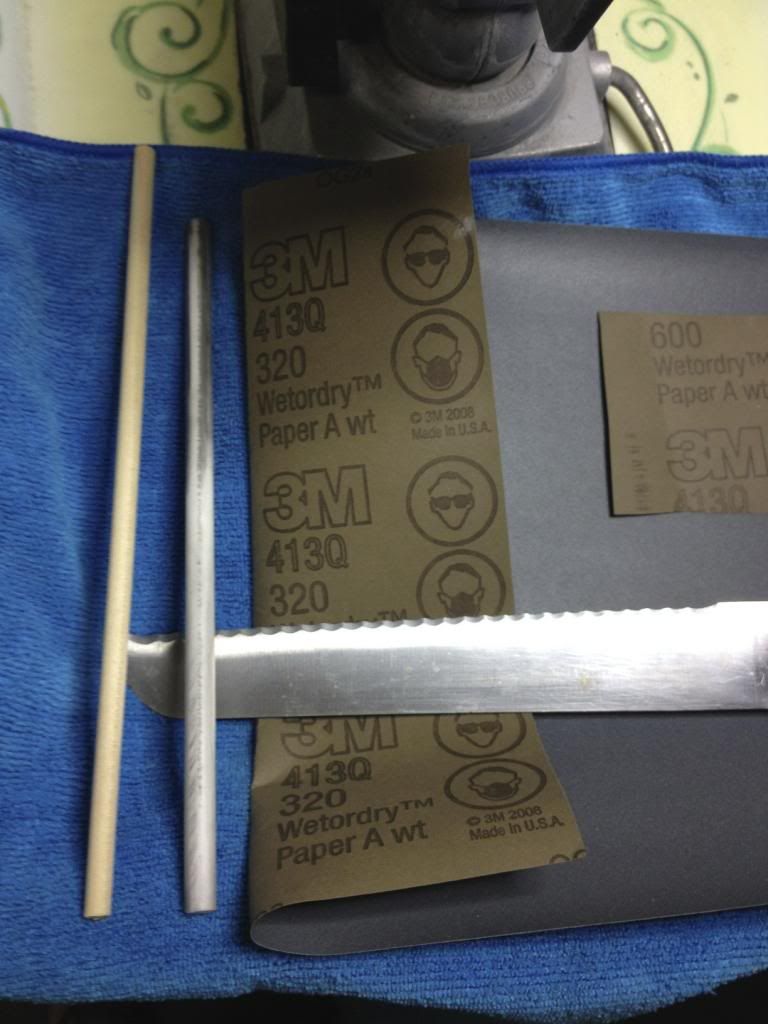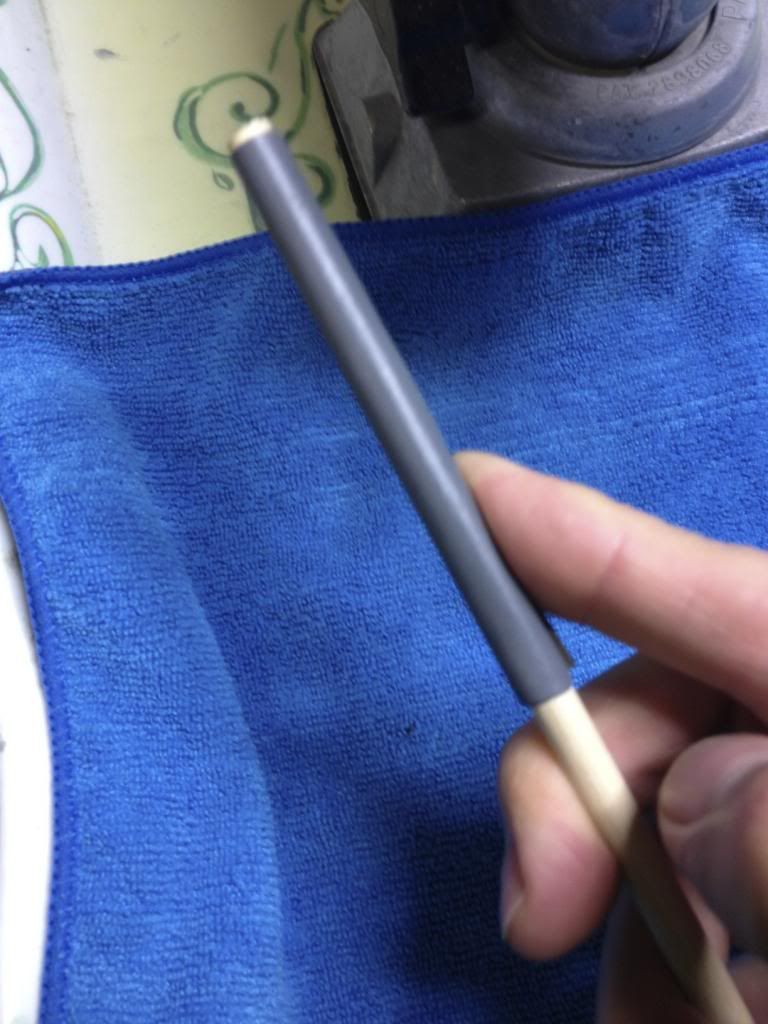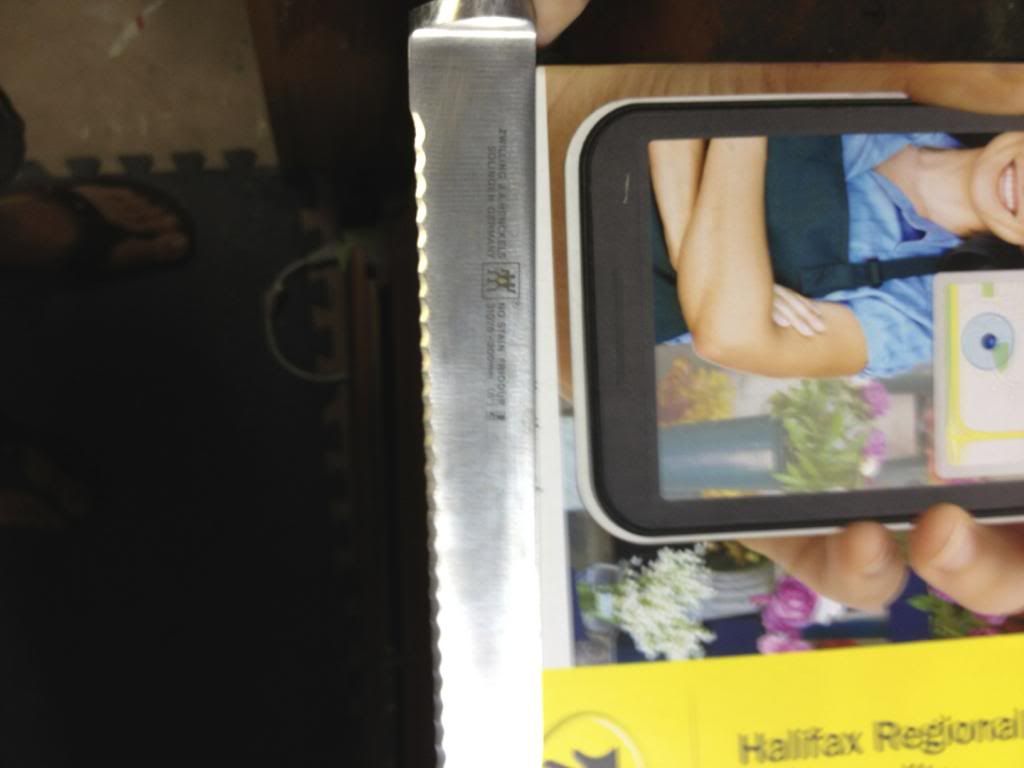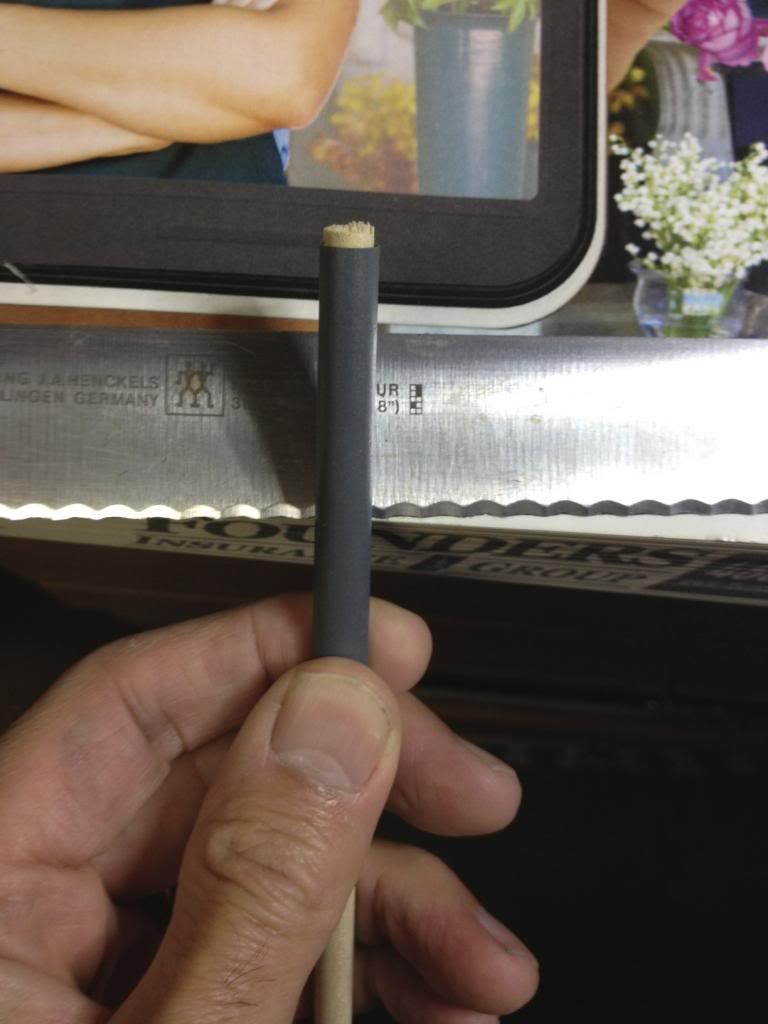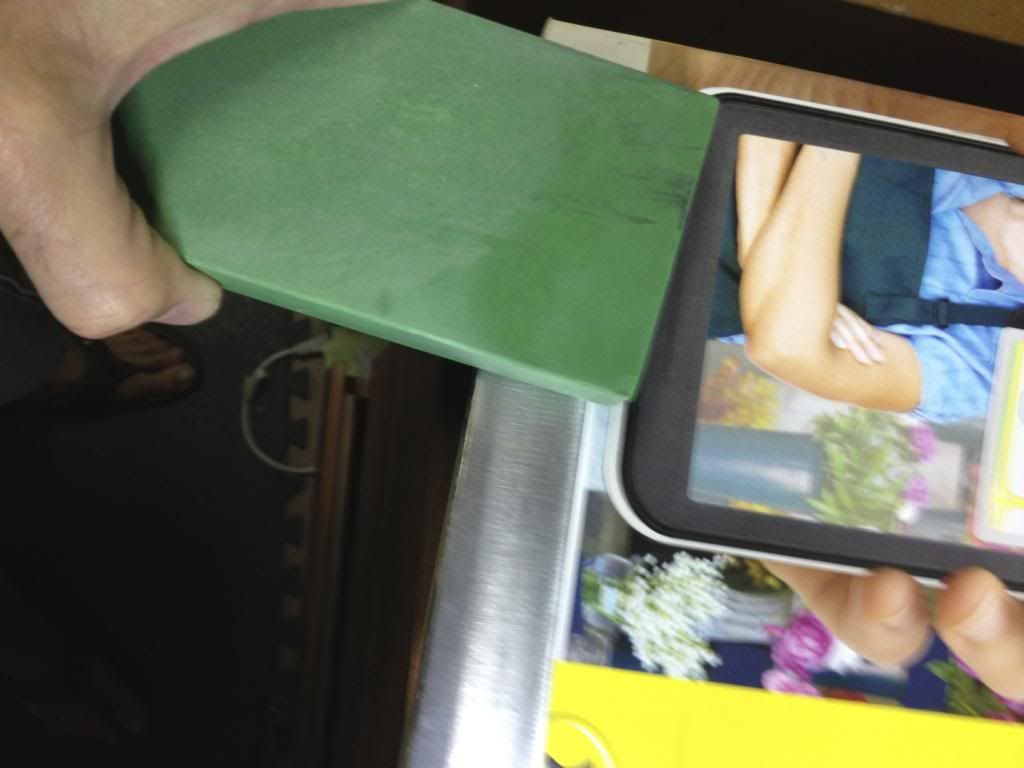This is a good question and it's a common one. It deserves a good answer and I have one so bear with me. The answer involves much more than just a "because it is dull" response, please have a read:
First of all, not many people make the right knife choice when purchasing one.
You need to have a sharpening plan when you buy a knife, regardless of the price. Let's say you went nuts and purchased a $400 chef knife, it was sharper than your wildest dreams and made everything you did in the kitchen better.
Now I on the other hand got lured into the $30.00 Henckels Chef knife I saw at a store and I knew it was a good deal because it was a Henckels.
The truth of the matter is that both knives will become very dull and they will be dull in a short period of time. In fact, I would say that $400.00 knife will get dull more quickly. You will be some amazed at how beautifully it cuts that you will be slicing everything you can get your hands one, you'll go to your neighbours house and cut their vegetables up. In other words, you're going to put a lot more wear and tear on the edge, it's good, that is what you are supposed to do.
Whatever knife you choose to purchase, you need to know that it will get dull, ( a knife worth three thousand dollars will get dull), so you should have a plan to get it sharpened again.
You have options and none of them include a machine of any type, unless it is a belt sander with some sharpening belts, you can get a knife very sharp with one of those. No..I am talking about gadgets, in fact, if it says "knife sharpener" on it, it is not worth the money, it isn't a knife sharpener.
Purchase a knife and purchase a Japanese Water Stone and learn to sharpen your own knife. Or just give it to me of course but really, why spend $400 or $150 on a knife if you are going to let it get dull.
You can buy a nice knife and a 1,000 grit stone and keep that knife razor sharp for many many years.
What about that $14.00 knife, why would you pay me $10.00 to sharpen it?
Well you can sharpen it yourself, or you can pay the 10 bucks and have it sharper than new. Or you can throw it out and purchase another $14.00 knife and do that every 3 months. However, that knife won't be very sharp when you buy it. A $400.00 knife will be sharp but again, it will be dull soon.
You want to pay me because I can make that knife sharper than you would believe, you'll love it, you'll feel good about it and you haven't thrown anything away. Now if you really want to feel good about yourself, imagine sharpening it yourself on a waterstone?
(By the way, not all Henckels knives are created equal and again that is a good thing, but there are 11 different types of Henckels, the top three are very nice knives)
Don't feel bad because you have inexpensive knives, feel bad because they are dull and you're not doing anything about it. The last thing you should do is go buy another new knife, more expensive.....remember, that one will get just as dull.
I'm here for you.
 |
| Cool Eh? |






